introduction
Undoubtedly, China has become the manufacturing center of the world's automotive, consumer electronics, communication terminals, home appliances and other products, and then it is necessary to transform to high-tech content and high value-added, which requires more sophisticated processing and manufacturing methods. At the same time, in the next 10 years, China is facing the pressure of population aging, rising labor costs and upgrading of industrial structure. The cheap labor advantage is not in place, and industrial robots will become a development trend instead of labor. This was confirmed by the trend of the arrival of hot exhibitors at the NEPCON China (NEPCON China Electronics Show) in 2014.
Chinese robot market is looking forward to a major outbreak
In November 2013, a data from the International Robotics Federation (IFR) once again touched the nerves of the robotics industry. Data show that between 2005 and 2012, the annual growth rate of global industrial robots was 9%, while the average annual sales growth rate of industrial robots in China reached 25%. By the end of 2012, China surpassed South Korea to become the world's second largest robot market after Japan, accounting for 15% of the global market. The International Federation of Robotics predicts that China will become the world's largest robot market in 2014. By 2015, the domestic supply of domestic industrial robots will exceed 20,000 units per year, and the number of units will exceed 130,000 units.
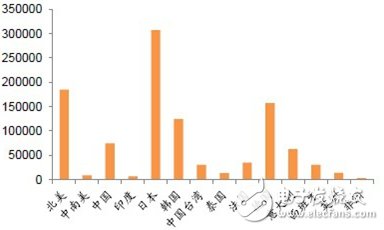
Comparison of industrial robot ownership in major countries in the world in 2011
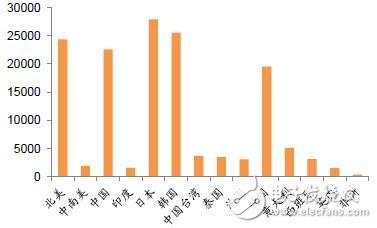
Comparison of industrial robot shipments in major countries in 2011
Based on the experience of industrial robots in foreign countries, combined with the past application fields in China, medium and high-end industrial robots will have more extensive and in-depth applications in the automotive industry, communications electronics, metal products, chemical plastics, and home appliances industries.
In fact, China's robot research and development is not too late. According to Song Xiaogang, secretary general of the China Robot Industry Alliance, as early as the 1970s, China began to develop robots. In 1985, industrial robots were included in the national "seventh five-year" technology. The research focus of the research project; in 1990, the industrial painting robot PJ-1 was completed as scheduled. This is the first painting robot in China. At the same time, the prototypes of several other robots were successfully completed, and application demonstration points such as automatic painting production line, cab welding line and arc welding workstation were established in FAW, Second Automobile and Nanjing Automobile Factory respectively. Recently, the Chongqing Research Institute of the Chinese Academy of Sciences and Liqian Automotive Electronic Instrument Factory have successfully developed the first economical patch robot products in the city and have achieved mass production.
The same is true, industrial robots are now increasingly involved in industrial production. According to Bi Yalei, president of the Shenzhen Robot Association, in the Pearl River Delta region, the annual growth rate of robot use has reached 30% to 60%, especially in the industrial fields of assembly, dispensing, handling and welding. At the NEPCON China Electronics Show , China's most influential electronics manufacturing exhibition , it can be clearly reflected. Since the expansion of the electronics manufacturing automation sector in 2012, industrial robot manufacturers have grown very fast, and the proportion of products displayed has also increased.
According to a report by Ping An Securities, the compound growth rate of China's industrial robot industry has been about 30% in the past five years. The number of industrial robots in China is only 10% in Japan and 25% in Germany, and the market space is very broad. For the situation in Japan in the 1980s, which is similar to China's current situation, the compound growth rate of China's industry in the next three years will reach 30%. After two to three years, robots will begin to grow explosively.
There are multiple factors behind the rise of this trend in automation and industrial robotics. Dr. Feng Zhongpeng, member of the 2014 NEPCON China Expert Advisory Committee, said, “First of all, as the cost of manpower and materials continues to rise, profit margins are squeezed, and the profit pressure faced by enterprises continues to increase. Automated production equipment is expensive, but more efficient. The production capacity is even larger. Some enterprises can recover the cost in a few years. In the long run, they can create more value than labor and have a high return on investment. Secondly, national manufacturing enterprises generally have difficulty in recruiting workers, high recruitment costs, and workers' mobility. Frequent problems. Especially in recent years, the mobility of production line operators is greater than ever. The “labor shortage†forced companies to think of ways to solve this problem. “Another NEPCON China expert advisory committee member Mr. Huang Zhaochen believes "The increasingly stringent requirements of manufacturing companies for product quality have also accelerated the schedule of automation upgrades to a certain extent. Good quality encourages companies to pursue stability and precision in the production process, maximizing error and non-performing rates, and guaranteeing Product quality; and robots can replace labor Some may work under harmful to human health hazards of the environment. "
National strategic policy has been first
As an industry of great importance, the development of the robot industry is naturally inseparable from the support of national policies. In recent years, relevant agencies of the Chinese government have successively issued a series of documents aimed at strengthening support for the industry.
In 2012, the “Twelfth Five-Year Plan†of the National Strategic Emerging Industry Development Plan issued by the State Council clearly stated that in the field of intelligent manufacturing equipment industry, it is necessary to focus on the development of core key technologies including industrial robots.
In that year, the Ministry of Science and Technology of China released the special plan for the development of robotics technology in the “Twelfth Five-Year Planâ€, and proposed to break through the important basic theories and core key technologies of key technology directions, and realize the integration of human-like and four-legged high-end bionic platform systems. Leading the development of service robot technology and many other goals.
With the continuous implementation of policies, the upstream and downstream of the robot industry chain have begun to take action.
In April 2013, the China Robot Industry Alliance, led by the China Machinery Industry Federation, was established in Beijing. The alliance aims to promote the development of China's industrial robot industry and guide cooperation and technological progress among domestic enterprises.
At the end of 2013, the “Guiding Opinions on Promoting the Development of Industrial Robot Industry†issued by the Ministry of Industry and Information Technology clarified that by 2020, a relatively complete industrial robot industry system will be formed, and 3-5 internationally competitive leading enterprises and 8-10 supporting facilities will be cultivated. Industrial clusters; the technological innovation capability and international competitiveness of the industrial robot industry and enterprises have been significantly enhanced. The market share of high-end products has increased to over 45%, and the density of robots has reached more than 100, which basically meets the needs of national defense construction, national economic and social development.
The Advantages of Lithium-ion battery pack
1.Higher energy density
The higher energy density of lithium-ion battery pack means we are going to get more power out of the same physical size cell than we could get from a lead-acid battery. So when using lithium-ion battery for electronic gear, it means more runtime but less weight.2.Less weight
Less weight could be a big advantage for most electronic applications that need to be in a compact size and lightweight for use, including mobile applications, robots, drones, floor scrubbers, RVs. A lot of power is used for those devices, so less weight would be certainly an advantage for mobile applications.3.Thousands VS hundreds of cycles
More cycles are an advantage by a lithium product we`re gonna get. You know the lithium batteries could provide thousands of cycles versus lead-acid batteries which only offer hundreds of cycles. It is a big difference in the cycling ability of lithium over lead-acid batteries.4.Charge and discharge rate
We are able to discharge a lithium product much quicker than that of a lead-acid product and get the same capacity. If the lithium-ion battery pack is discharged to 80%, you can still get a good lifespan. But doing that with a lead-acid battery will damage its lifespan. Generally, a lead-acid battery can only use fifty percent of the discharge. The recharge time is quicker on a lithium product as well especially if we have a charger that`s large enough to put the capacity back. The lithium-ion battery packs have a low self-discharge rate of only 1-2% per month.
5. Less Maintenance
When using lead-acid batteries for power supply, regular maintenance is essential to ensure the battery performance. However, when purchasing lithium-ion batteries for power use, less maintenance is required. The lithium-ion cells is more stable with good performance. It saves a lot of time for maintenance and cost for replacement.
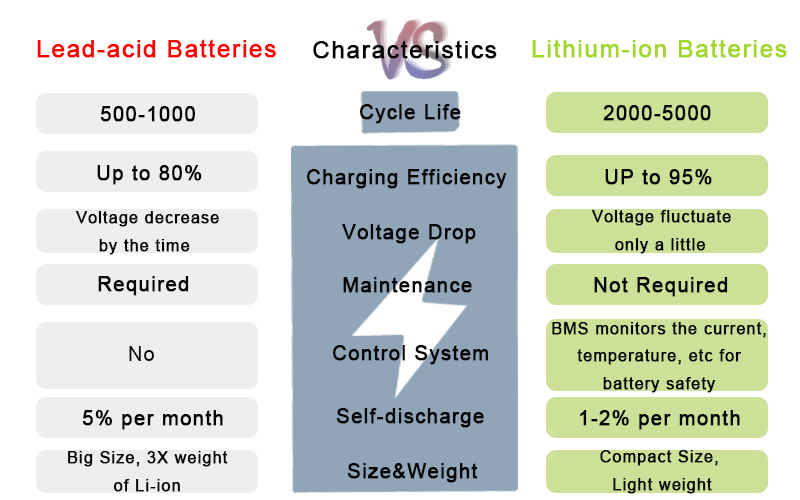
Lithium-ion battery pack Application
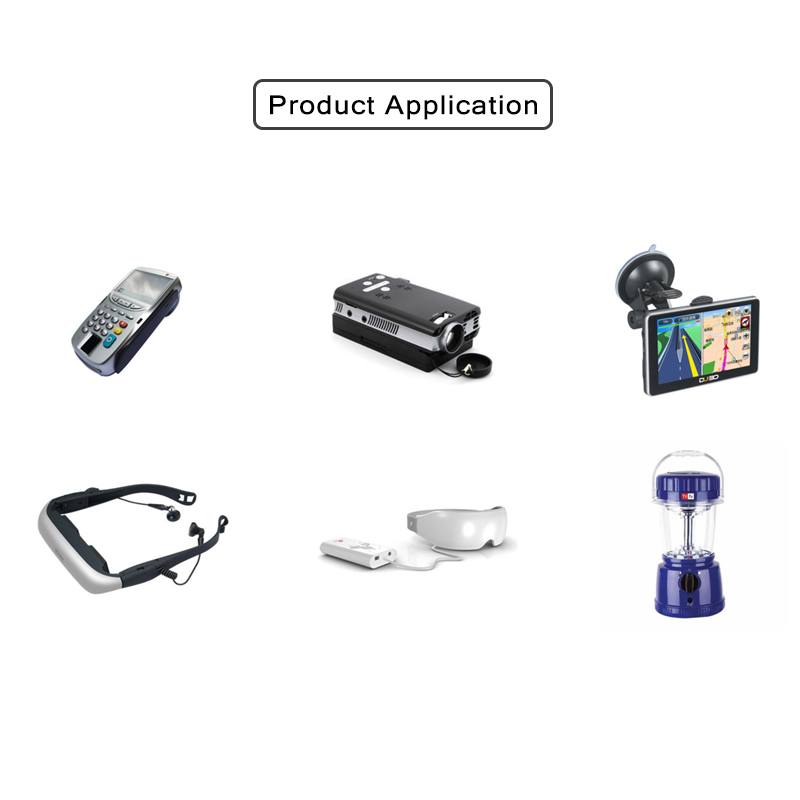
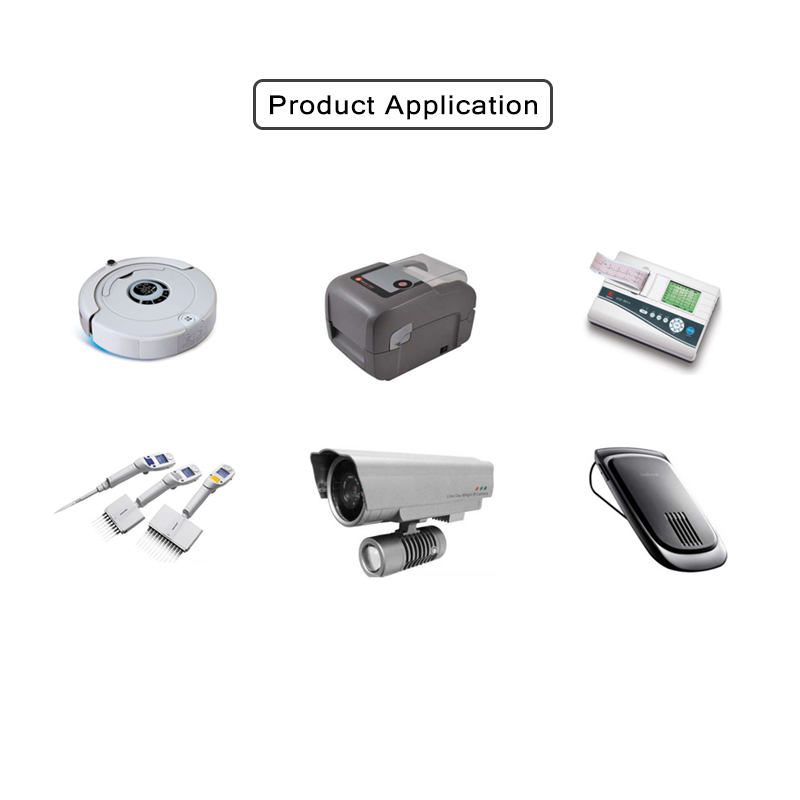
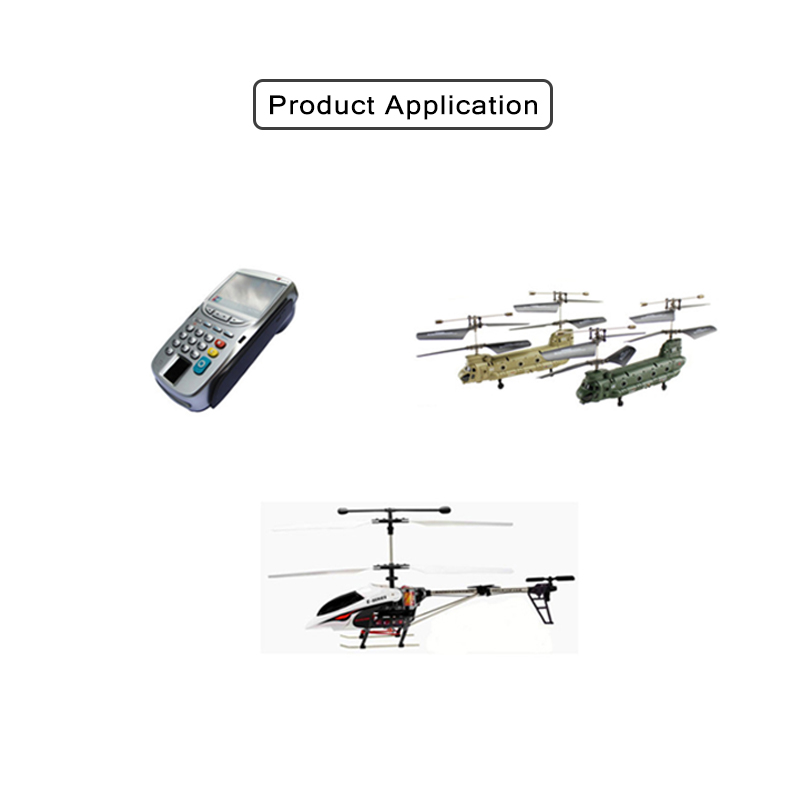
Lithium-Ion Battery Pack,Lithium Ion Battery For Solar,Smart Lithium Ion Battery Pack,Lithium Battery Pack
ShenZhen UFO Power Technology Co., Ltd. , https://www.ufobattery.com